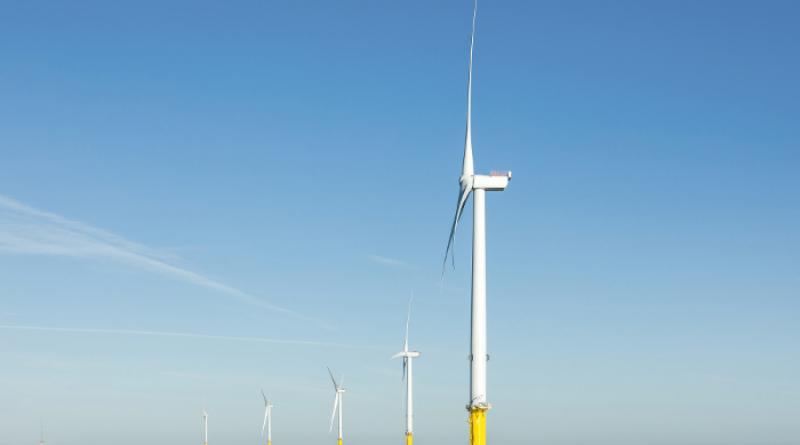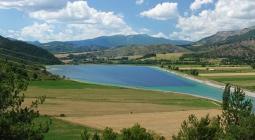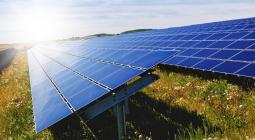EDF Renewables progressing with Blyth Phase Two.

EDF Renewables plans to build phase two of the Blyth Offshore Demonstrator (BOD) wind farm off the coast of Northumberland, using floating offshore wind technology. Once complete, it will be among the first projects of this kind in English waters.
The first phase of the wind farm consists of five wind turbines and was constructed in 2017. It has a generating capacity of 41.5 MW and was the first UK offshore wind farm to utilise float and submerge gravity base foundations, as well as 66 kV rated inter array and export cables to connect the turbines to an onshore substation.
EDF Renewables is already working on project planning for phase two with a consent variation and procurement activities underway to use the Blyth site for the installation of up to five further turbines. This would be in an already identified array location 14 km from the shore, in water depths of around 55 metres.
The capacity for phase two has still to be finalised but the current consent for BOD wind farm is for a maximum of 99.9 MW, leaving a remaining capacity of 58.4 MW.
The turbines to be installed in the BOD Phase two project will be constructed on floating sub structures. The project has yet to select the key contractors, including the turbine supplier, but a range of floating technology options are being considered, with the final design still to be determined by further detailed engineering studies.
A key requirement of the project is to demonstrate new and innovative technologies that have potential to reduce the cost of offshore wind (floating and fixed) developments in the future. As a result, EDF Renewables is working closely with suppliers and research organisations including the Offshore Renewable Energy Catapult to ensure these technologies and approaches are fully explored and incorporated where appropriate.
Director of Offshore wind at EDF Renewables, Michele Schiavone, said: “We are very excited about this next phase of the BOD project and want to further the demonstration of construction and operation of floating turbines to show that floating wind is technically feasible and cost competitive in water depths of 50-60 metres.
“With the Contract for Difference (CfD) mechanism providing a potential route to market, we are confident that floating turbine technology can accelerate the UK’s journey to a net zero future where clean energy powers all our lives. We will use the project to support the further development of this emerging technology.
“We are ambitious when it comes to offshore wind and already have two operational offshore wind sites at Blyth and Teesside. We are currently working on our 450 MW Neart na Gaoithe project in the Firth of Forth in Scotland (a joint venture with ESB) and our Irish Codling project (a joint venture with Fred.Olsen Renewables) which will have a capacity of up to 1.5 GW.”
The development timescale for BOD phase two has not yet been finalised. However, subject to detailed programming, the target is for it to be fully commissioned by Spring 2025.
4C Offshore
28 January 2021




